This article was co-authored by Luxme Hariharan, MD, MPH and by wikiHow staff writer, Christopher M. Osborne, PhD. Dr. Luxme Hariharan is a Board Certified Pediatric Ophthalmologist. She currently is a Pediatric Ophthalmologist at Nicklaus Children's Hospital in Miami, Florida. She specializes in pediatric ophthalmology and preventing childhood blindness. Dr. Hariharan has worked with global institutions including the World Health Organization, the American Academy of Ophthalmology, Orbis, and Sightlife. She holds a BS in Biology and Latin American, Caribbean & Iberian Studies from The University of Wisconsin-Madison, a Masters of Public Health (MPH) in International Health, Child Health, Epidemiology & Biostatistics from Johns Hopkins University, and an MD from The University of Wisconsin-Madison. She is a member and serves on several committees within the American Academy of Ophthalmology, The American Academy of Pediatric Ophthalmology and Strabismus; and sits on the board of directors of Combat Blindness International.
This article has been viewed 11,721 times.
Dealing with crossed eyes (esotropia) can be frustrating, but don’t try to wait it out or hope it goes away on its own. Instead, visit your eye doctor, get a proper diagnosis, and follow their recommended treatment plan. While surgery is sometimes necessary, in most cases a combination of corrective eyewear, eye exercises, and medications or eye drops will resolve esotropia.
Steps
Getting Medical Treatment
-
1Don’t self-treat crossed eyes or wait for them to self-repair. All forms of strabismus (eye disorders in which one or both eyes are out of position), including esotropia (crossed eyes), occur most often in children under age 6. This may lead you to believe that your child will “grow out of it,” but the opposite is true. Left untreated, esotropia may worsen and lead to amblyopia (“lazy eye”) or other vision-impacting conditions.[1]
- Esotropia is most successfully treated when diagnosed early in children. That said, adults who develop the condition—or who have had it since childhood—can also usually be treated successfully or at least achieve improvement.
- It’s easy to find self-treatment advice for crossed eyes online, but esotropia is a medical condition that needs a proper medical diagnosis and treatment plan.
-
2Take note of when esotropia happens and any changes to it. Esotropia can take several forms, so it’s helpful to track your symptoms in preparation for your diagnosis.[2] You may have the same eye point inward all the time, some of the time at random, or some of the time due to a trigger (like being tired). Or, both eyes may point inward at different times (it’s uncommon for both eyes to point inward at the same time).[3]
- Your eye doctor will ask about your symptoms as part of their diagnosis, so write down your findings and bring them with you to your appointment.
Advertisement -
3Get a complete medical diagnosis to identify your condition. You can start by going to your primary care physician, who will do an examination and may refer you to an eye specialist.[4] Or, you can go directly to an optometrist or opthamologist for an exam and diagnosis. The important thing is to have a trained medical professional diagnose you and come up with your treatment plan.[5]
- As part of the diagnostic process, expect to undergo various eye tests and exams and be asked questions about your symptoms and family history.
- While esotropia is the most common cause of crossed eyes, it’s possible you may have another condition. While rare, brain tumors can cause one or both eyes to cross, for example.
-
4Treat any underlying conditions that may cause esotropia. Esotropia usually occurs on its own, not due to another medical condition. However, in some cases, an underlying condition may contribute to having over-active or under-active eye muscles that cause esotropia. Treating this underlying condition may relieve your esotropia or make it easier to treat.[6] Possible underlying conditions include (but aren't limited to):[7]
- Diabetes
- High blood pressure
- Multiple sclerosis
- Myasthenia gravis
- Thyroid disorders
-
5Wear corrective eyewear or “prism lenses” as prescribed. Some cases of esotropia can be successfully treated solely with a good pair of glasses or contacts.[8] Properly-calibrated lenses help to strengthen your eye muscles and re-train your brain to utilize both eyes efficiently and in tandem.[9]
- Some cases of esotropia are caused by severe farsightedness. If so, corrective eyewear alone can often address the problem.
- “Prism” lenses are a special kind of eyewear with a noticeably thicker lens for your weaker (crossed) eye. The prism effect of the lens refracts the light in order to guide your eye into the proper positioning. Over time, your eye may re-learn to use this proper position all the time.
-
6Attend professional vision therapy sessions as advised. While you may read online about DIY, at-home vision therapy, true vision therapy happens in a medical setting under professional guidance. During vision therapy sessions, you’ll use a range of specialized devices and do specific activities and exercises that are suited to your particular condition.[10]
- Vision therapy sessions may happen at an optometrist or opthamologist’s office, or at a specialized vision therapy center.
- You might use prism lenses, filtered lenses, eye covers, and specialized computer programs during vision therapy, to name some common examples. You may even utilize balance boards or metronomes as part of your personalized exercise program.
- Vision therapy is essentially physical therapy for your eyes. And, like physical therapy, it’s critical that you attend your sessions regularly and give a full effort each session.
-
7Ask about Botox injections for overactive eye muscles. No, Botox (botulinum toxin) isn’t just for plumping lips and erasing frown lines! During what you might call a "Botox for esotropia" procedure, Botox is injected into the over-active eye muscle or muscles (your 6 eye muscles are located adjacent to your eyeball). This weakens the muscle(s) for up to 3 months, allowing your other eye muscles to gain strength and your brain to re-train itself in controlling the eye.[11]
- Ask your eye doctor if this is an appropriate treatment for you, and only get injections from a medical professional who is trained to use Botox for medical (not cosmetic) eye care purposes.
- Only certain cases of esotropia are good candidates for Botox injection therapy. It’s not a good fit, for instance, if your crossed eyes are caused by under-active eye muscles.
-
8Undergo eye muscle surgery if other treatments are ineffective. Surgery is typically a last resort for treating esotropia, but in some instances it may be the front-line treatment. During the surgery, any over-active or under-active eye muscles are detached from your eye and sutured in a slightly different location so that they control the eye properly. The procedure takes about an hour under general anesthesia and usually 2-3 days of home recovery.[12]
- Eye muscle surgery has a fairly high success rate and carries a fairly low risk. You’ll likely have to keep your eye dry for at least 3 days, but you can typically resume normal activities otherwise within 1-2 days.
Continuing Your Treatment at Home
-
1Use an eye patch or drops for your stronger eye, if directed. You may be advised to wear an eye patch over your stronger (non-crossed) eye for up to six hours per day in order to force yourself to use your weaker (crossed) eye. Alternatively, you may be prescribed eye drops to put only in your stronger eye in order to blur your vision in that eye—once again, so you’ll have to rely on your weaker eye.[13]
- Keep in mind that this is just one part of an overall medical treatment strategy. Simply wearing an eye patch on your own is unlikely to successfully treat esotropia.
-
2Supplement your vision therapy sessions with orthoptics exercises. Think of vision therapy as your “schoolwork” and orthoptics as your “homework”—the latter reinforces (but can’t replace) the former. Orthoptics may include covering your stronger eye while looking at cards or a computer program, doing eye muscle exercises, and other activities.[14]
- Don’t try to cure esotropia by doing only orthoptics exercises you found online. Use orthoptics as part of your physician-directed treatment plan.
-
3Take any prescribed eye medications as directed. It’s fairly uncommon to be prescribed medication for esotropia, but if you are, it’s important that you take any medication exactly as prescribed. You might be prescribed an oral medication, medicated eye drops, or both.
- Possible medications include (but aren’t limited to) atropine or miotics (to alter the weaker eye’s refraction) and levodopa or citicoline (to impact your overall vision system).
- Make sure that medicated eye drops actually make it into your eye! Ask for instructions from your eye doctor if you need assistance.
References
- ↑ https://www.aoa.org/patients-and-public/eye-and-vision-problems/glossary-of-eye-and-vision-conditions/strabismus
- ↑ Luxme Hariharan, MD, MPH. Board Certified Ophthalmologist. Expert Interview. 17 August 2021.
- ↑ https://my.clevelandclinic.org/health/diseases/23145-esotropia
- ↑ Luxme Hariharan, MD, MPH. Board Certified Ophthalmologist. Expert Interview. 17 August 2021.
- ↑ https://www.aoa.org/patients-and-public/eye-and-vision-problems/glossary-of-eye-and-vision-conditions/strabismus
- ↑ Luxme Hariharan, MD, MPH. Board Certified Ophthalmologist. Expert Interview. 17 August 2021.
- ↑ https://www.cedars-sinai.org/health-library/diseases-and-conditions/s/sixth-nerve-palsy.html
- ↑ Luxme Hariharan, MD, MPH. Board Certified Ophthalmologist. Expert Interview. 17 August 2021.
- ↑ https://www.aoa.org/patients-and-public/eye-and-vision-problems/glossary-of-eye-and-vision-conditions/strabismus
- ↑ https://www.strabismus.org/strabismus_cure.html
- ↑ https://www.aoa.org/patients-and-public/eye-and-vision-problems/glossary-of-eye-and-vision-conditions/strabismus
- ↑ https://www.aoa.org/patients-and-public/eye-and-vision-problems/glossary-of-eye-and-vision-conditions/strabismus
- ↑ https://www.health.harvard.edu/a_to_z/crossed-eyes-strabismus-a-to-z
- ↑ https://www.strabismus.org/strabismus_cure.html
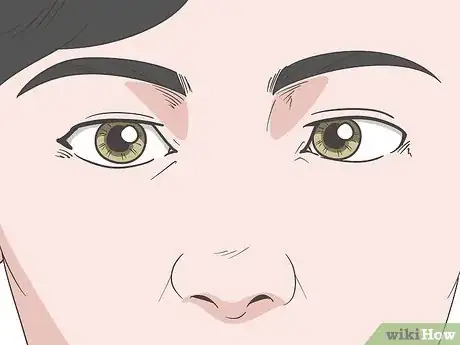


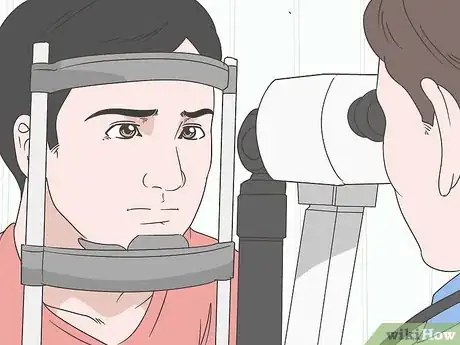
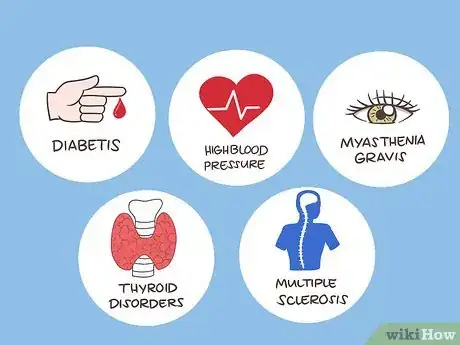
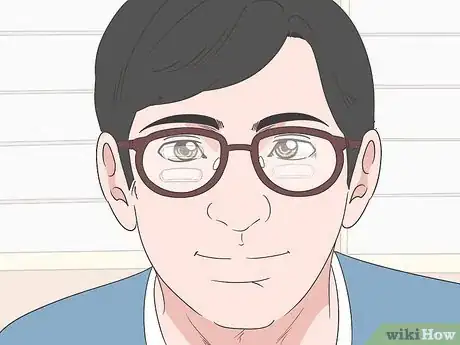
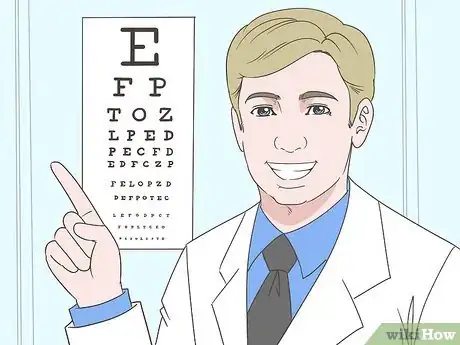

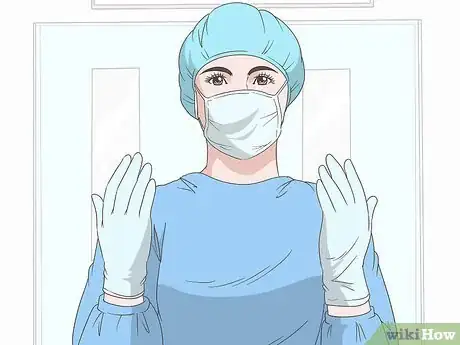

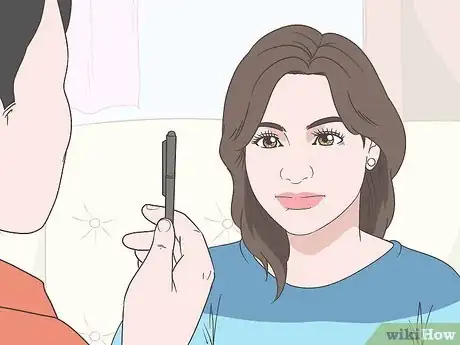
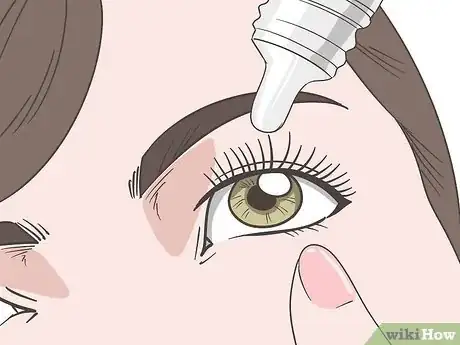

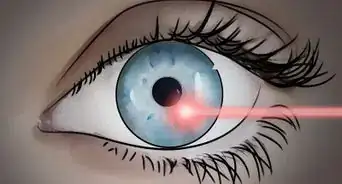
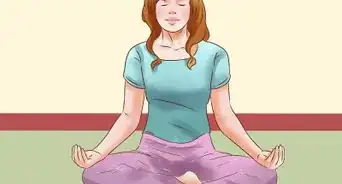

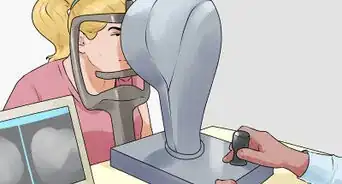
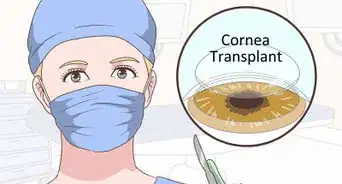



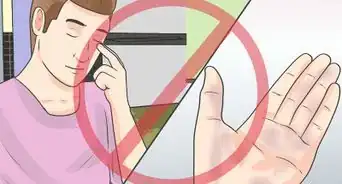
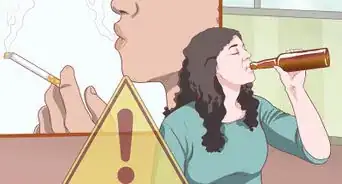
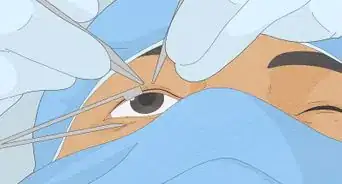








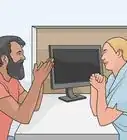
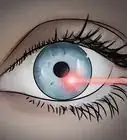





































Medical Disclaimer
The content of this article is not intended to be a substitute for professional medical advice, examination, diagnosis, or treatment. You should always contact your doctor or other qualified healthcare professional before starting, changing, or stopping any kind of health treatment.
Read More...